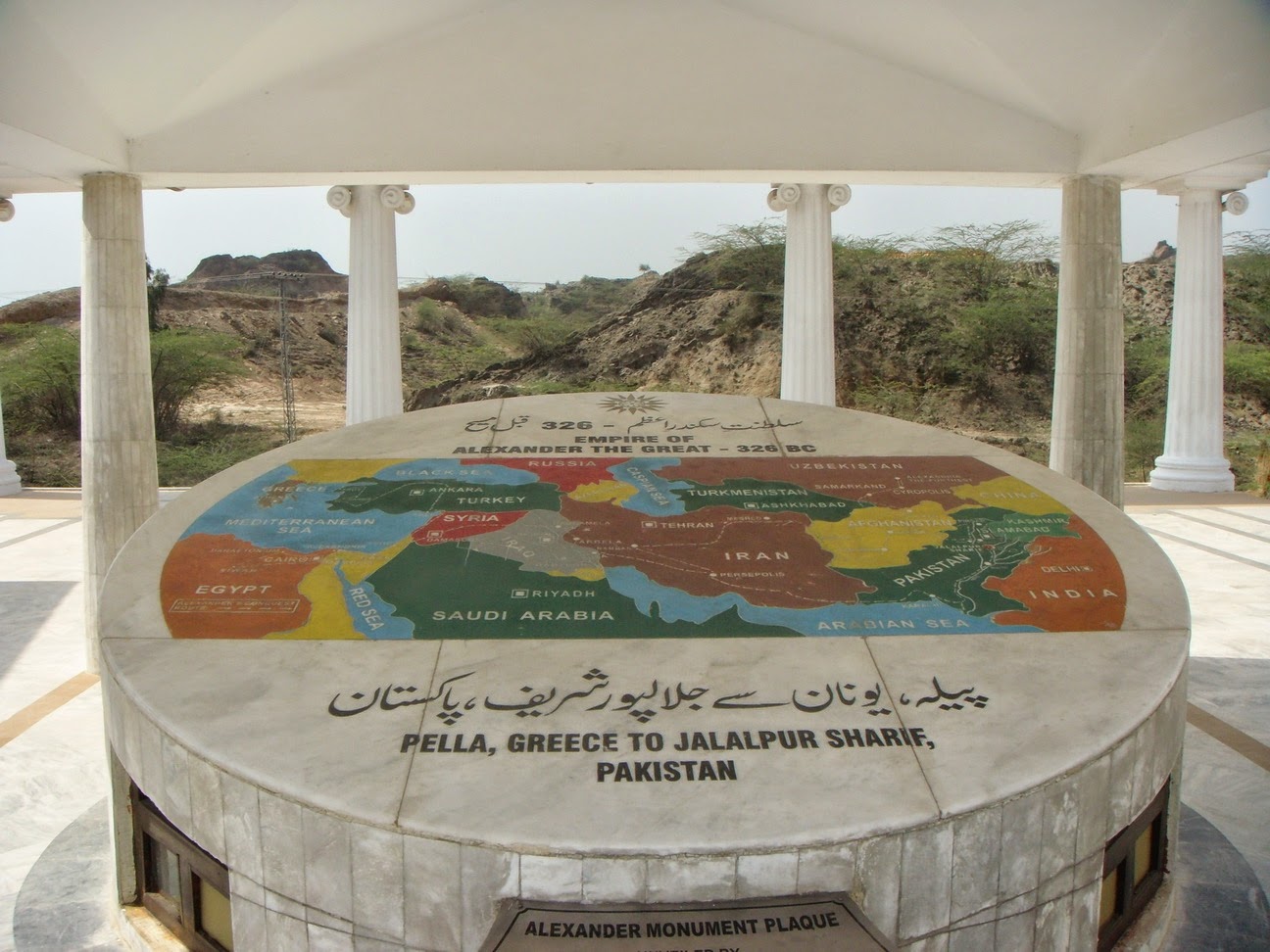Ranjit Singh was a sansi.
Liaqat Ali Khan was an Urdu speaker from Delhi.
Dr Abdul qadir khan is an Urdu speaker “pathan” from Bhopal..
Rajputs were there much before Islamic period.
Don’t reinvent history..
Had he been what you allege.. he wouldn’t have folk stories and songs tributed to him.
Neither would lohri and other panjabi festivals being celebrated in his honour.
https://en.wikipedia.org/wiki/Rajput
Scholarly opinions differ on when the term Rajput acquired hereditary connotations and came to denote a clan-based community. Historian Brajadulal Chattopadhyaya, based on his analysis of inscriptions (primarily from Rajasthan), believed that by the 12th century, the term "
rajaputra" was associated with fortified settlements, kin-based landholding, and other features that later became indicative of the Rajput status.
[16] According to Chattopadhyaya, the title acquired "an element of heredity" from c. 1300.
[23] A later study by of 11th-14th century inscriptions from western and central India, by Michael B. Bednar, concludes that the designations such as "
rajaputra", "
thakkura" and "
rauta" were not necessarily hereditary during this period.
[23]
During its formative stages, the Rajput class was quite assimilative and absorbed people from a wide range of lineages.
[19] However, by the late 16th century, it had become genealogically rigid, based on the ideas of blood purity.
[24] The membership of the Rajput class was now largely inherited rather than acquired through military achievements.
[23] A major factor behind this development was the consolidation of the
Mughal Empire, whose rulers had great interest in genealogy. As the various Rajput chiefs became Mughal feduatories, they no longer engaged in major conflicts with each other. This decreased the possibility of achieving prestige through military action, and made hereditary prestige more important.
[25]
The word "Rajput" thus acquired its present-day meaning in the 16th century.
[26][27] During 16th and 17th centuries, the Rajput rulers and their bards (
charans) sought to legitimize the Rajput socio-political status on the basis of descent and kinship.
[28] They fabricated genealogies linking the Rajput families to the ancient dynasties, and associated them with myths of origins that established their Kshatriya status.
[23][29] This led to the emergence of what Indologist Dirk Kolff calls the "Rajput Great Tradition", which accepted only hereditary claims to the Rajput identity, and fostered a notion of eliteness and exclusivity.
[30] The legendary epic poem
Prithviraj Raso, which depicts warriors from several different Rajput clans as associates of
Prithviraj Chauhan, fostered a sense of unity among these clans.
[31] The text thus contributed to the consolidation of the Rajput identity by offering these clans a shared history.
[16]
Despite these developments, migrant soldiers made new claims to the Rajput status until as late as the 19th century.
[24] In the 19th century, the colonial administrators of India re-imagined the Rajputs as similar to the Anglo-Saxon
knights. They compiled the Rajput genealogies in the process of settling land disputes, surveying castes and tribes, and writing history. These genealogies became the basis of distinguishing between the "genuine" and the "spurious" Rajput clans.
[32]











